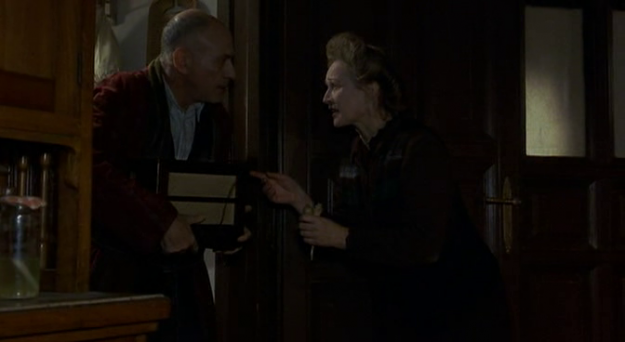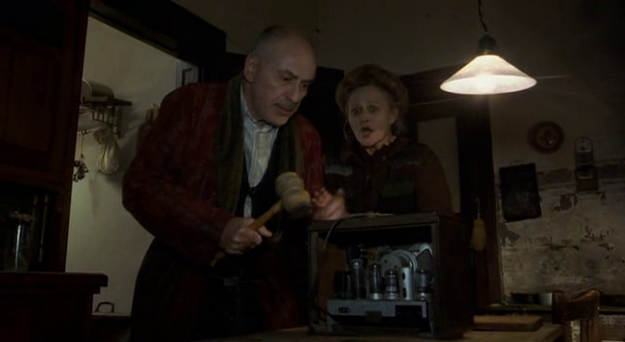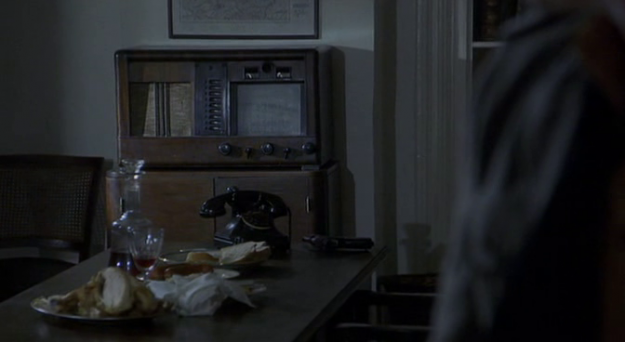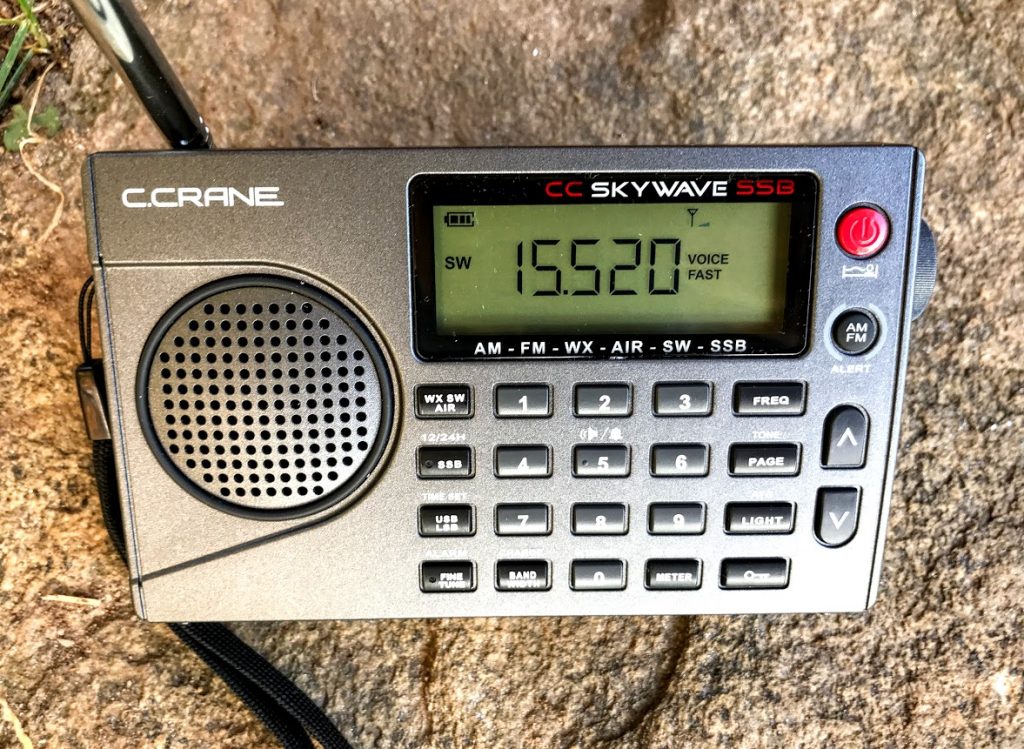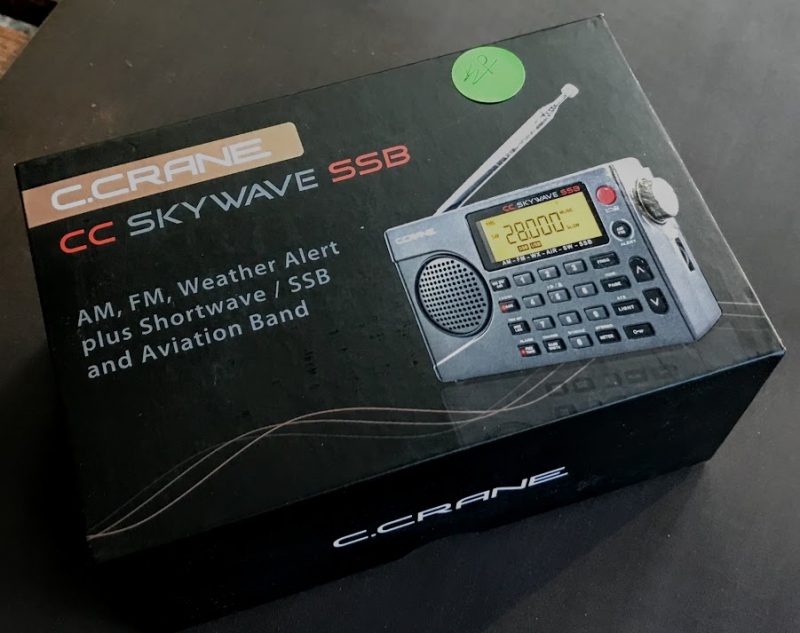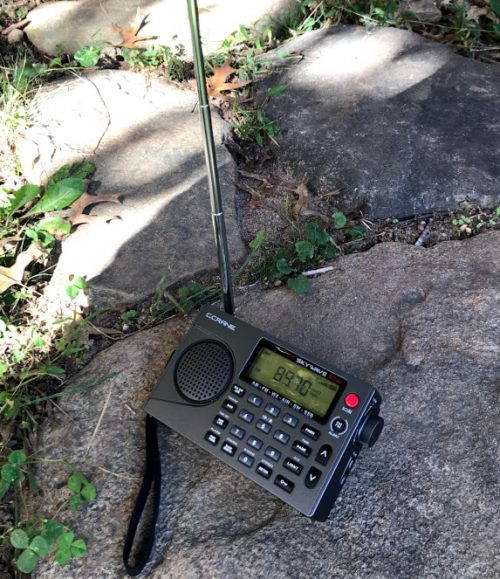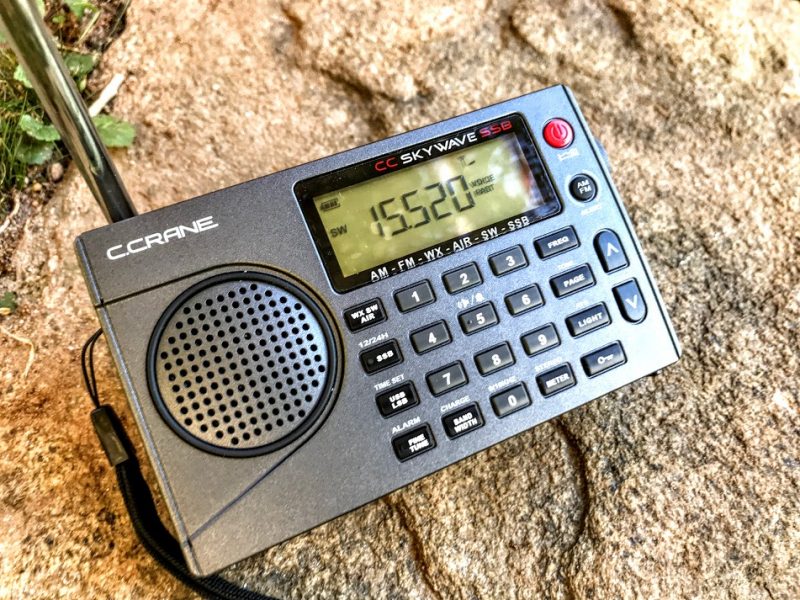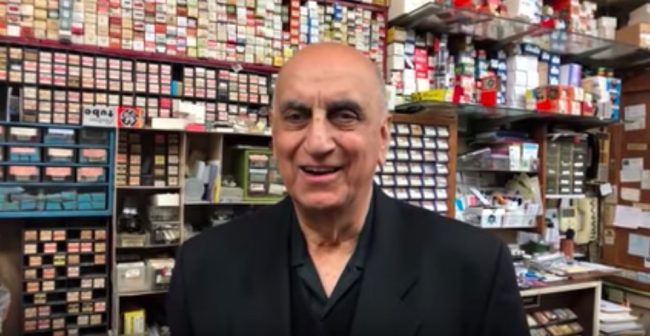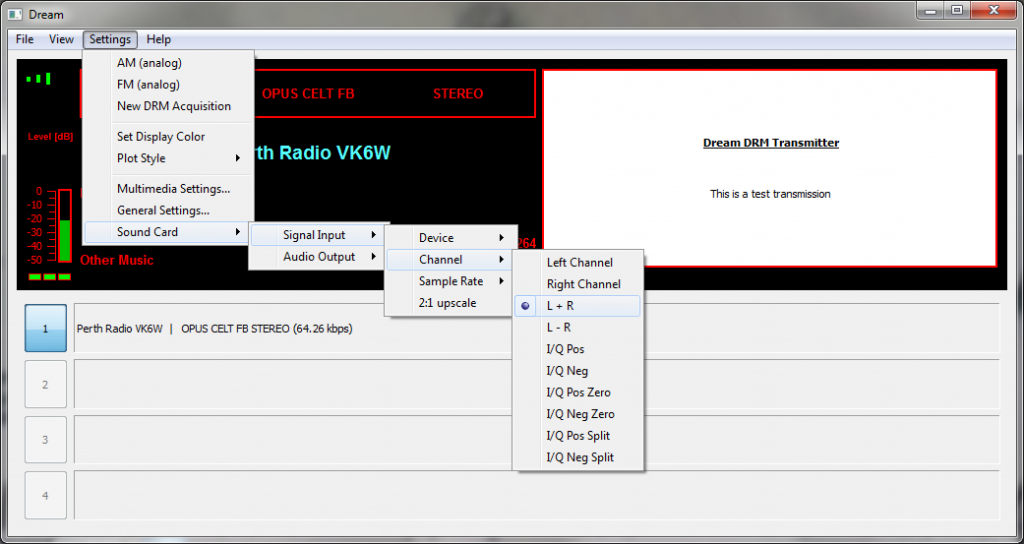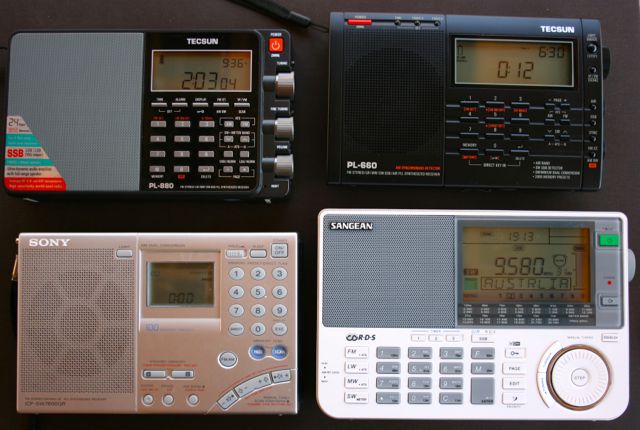 In the past few months, I’ve received a number of questions from our readers in the United States regarding the potential for radio prices to increase.
In the past few months, I’ve received a number of questions from our readers in the United States regarding the potential for radio prices to increase.
Why could prices increase? Keeping in mind, I’m no expert in this field (seriously–!) I understand there are at least three factors that could influence prices:
China
As of today, almost all portable shortwave radios on the market are made in China. In fact, I can’t think of a single portable broadcast receiver that isn’t made in China although I’m sure there are some made in other parts of the world.
Tariffs
This year, the US administration has placed tariffs on a long list of consumer electronics produced in China and elsewhere–the list could grow. Radio receivers could fall into some of the affected product categories. Click here to read the full current list (PDF). Some ham radio retailers have notified their customers to expect price increases (BridgeCom Systems comes to mind).
Postage
The US plans to withdraw from an international postal treaty that has allowed Chinese companies to ship small packages to the United States at discounted rates. If this withdraw were to happen, it’s my understanding it would primarily affect direct postal shipments that are now prevalent from sellers on eBay, Amazon.com, Alibaba and similar. This might mean either the end of “free shipping” from China-based retailers who’ve relied on inexpensive ePacket shipments, or product prices might increase to compensate for the added expense. This shouldn’t directly affect the price of parcel carriers like UPS, DHL or FedEx.
So what’s the takeaway?
In general, sure…I would expect radio prices to increase.
I don’t think it’s a time to panic as there are a lot of market forces at play here. I would personally anticipate price increases anywhere from 10 to 25 percent.
If you’ve been considering one of the pricier full-featured portables, you might nudge yourself in the direction of ordering one in the near future rather than later. (Note: Your friendly radio enabler suggests you use this as an excuse to grab another set! Go get it!). 🙂
Again, I’m not panicking. So far, I haven’t noticed any significant changes in pricing at the major online retailers. When price increases hit the streets, I doubt they’ll be steep enough to discourage us from buying the occasional radio.
One more thing…
I’ll admit that I’ve been reluctant to bring up this topic on the SWLing Post as it’s politically-charged. So keep in mind…
This is a website where we celebrate our love of all things radio, not a space for name-calling, trolling, or heated back-and-forth littered with vulgar language. Our moderators do their best to pluck those comments when they manage to make it through our comment filters. If you’re looking for an outlet to do those things, the web is chock-full of sites that will indulge you.
Over the years, many of you have written and thanked me for providing a safe haven from the drama that’s so prevalent on otherwise wonderful websites. You’re most welcome.
Keep in mind: the SWLing Post is my refuge, too, and I’m keeping it that way!
Thank you all for understanding.
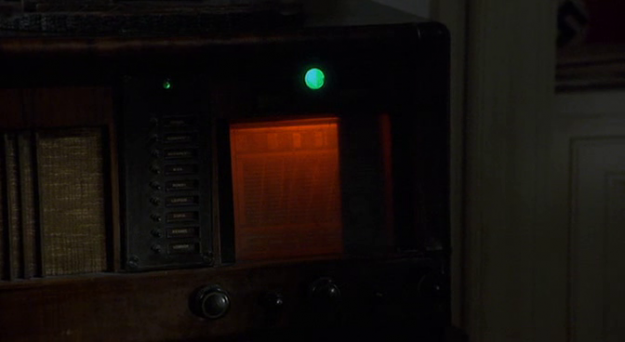 Many thanks to SWLing Post contributor, Balázs Kovács, who writes:
Many thanks to SWLing Post contributor, Balázs Kovács, who writes: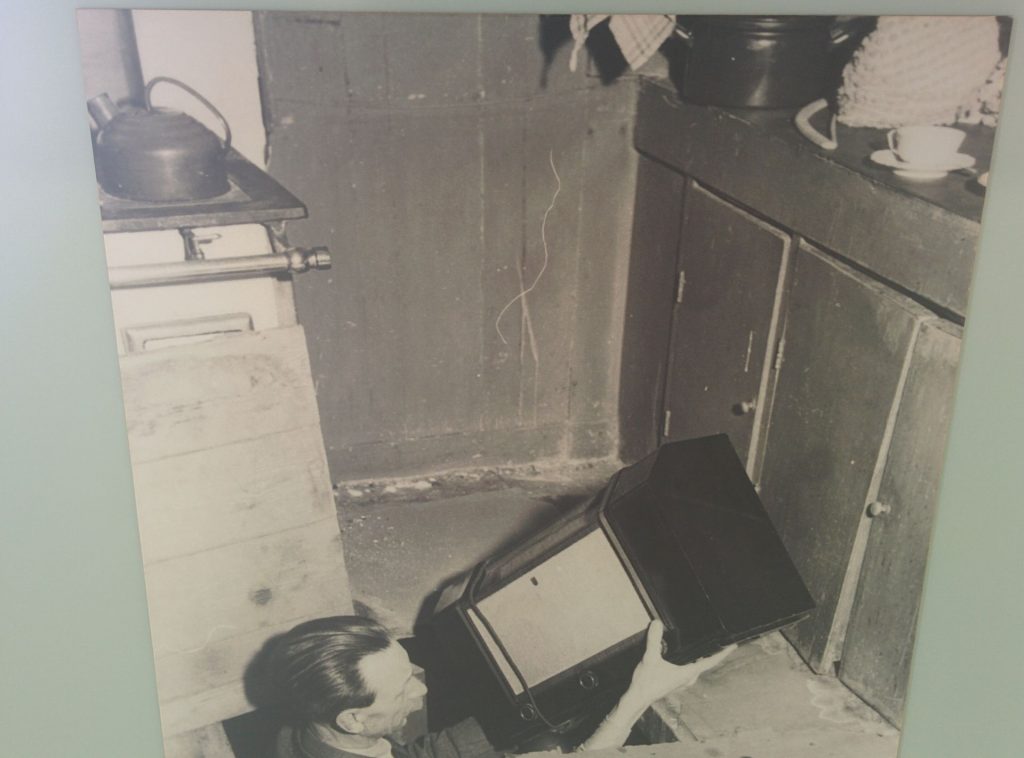
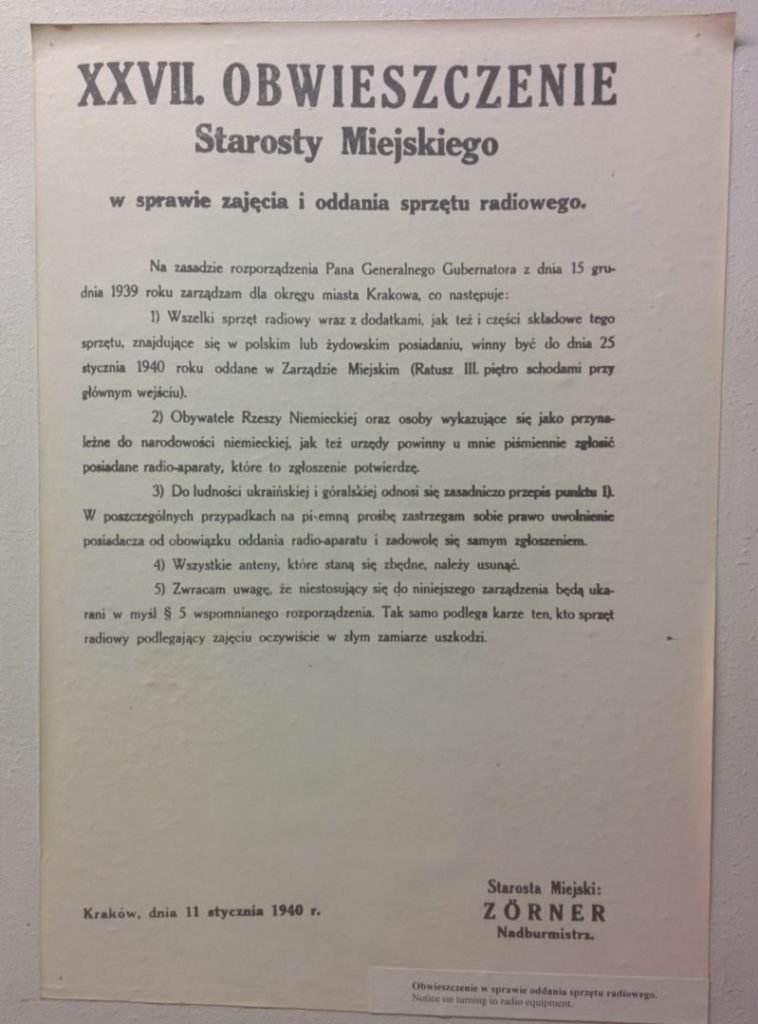
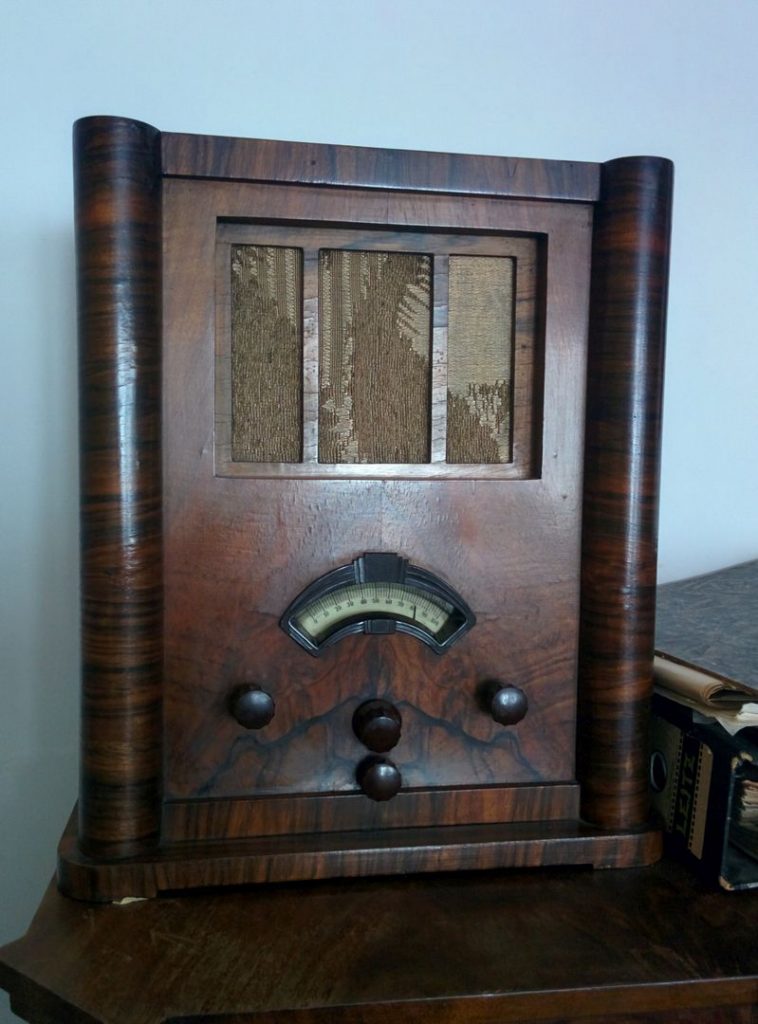 Thank you for sharing your images, Balázs. I do not recognize the tube radio in Jakob the Liar. I do love the tuning eye. Anyone know the model? Please comment!
Thank you for sharing your images, Balázs. I do not recognize the tube radio in Jakob the Liar. I do love the tuning eye. Anyone know the model? Please comment!
